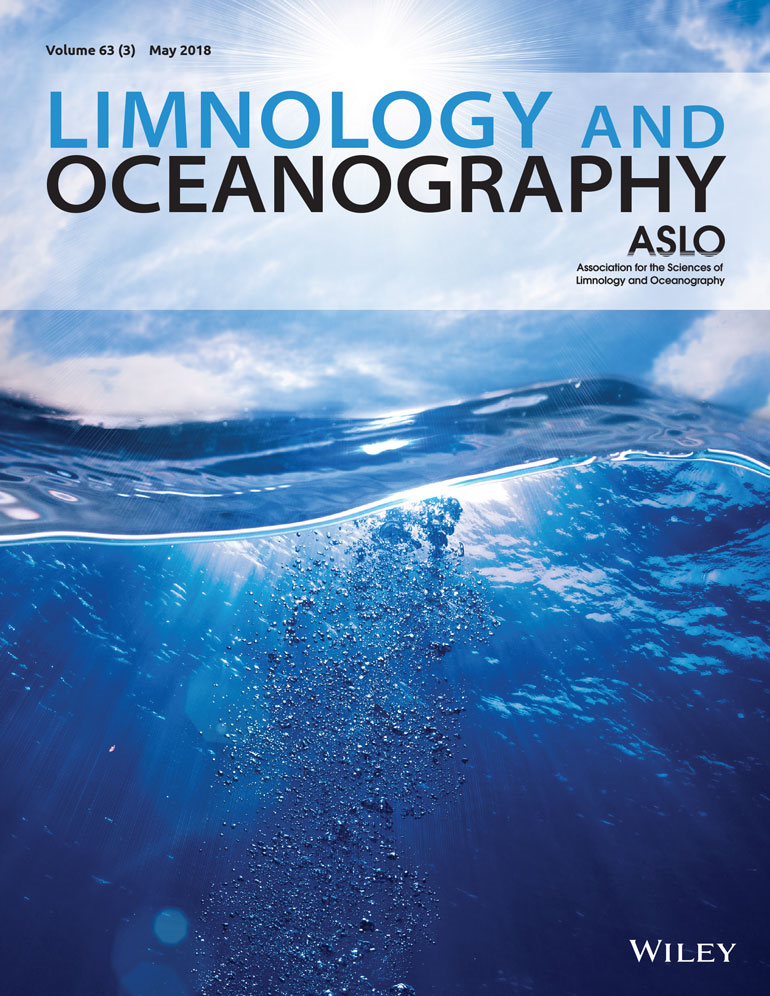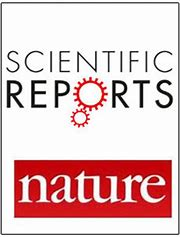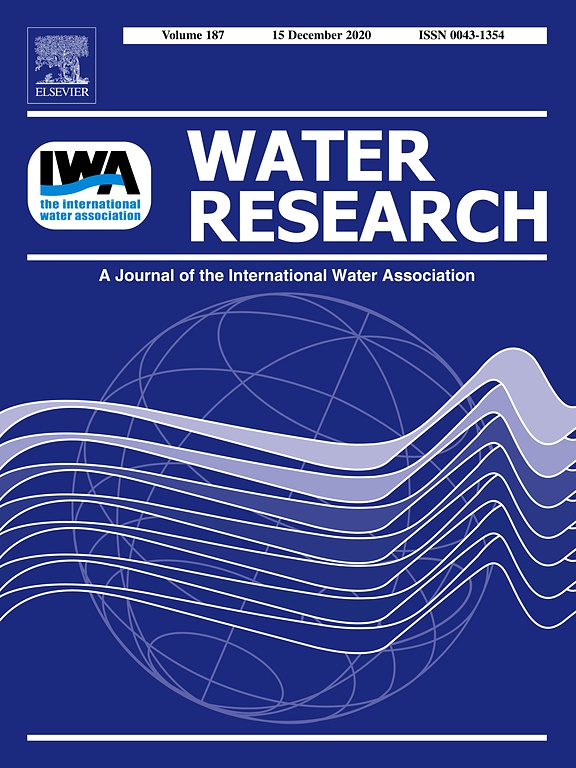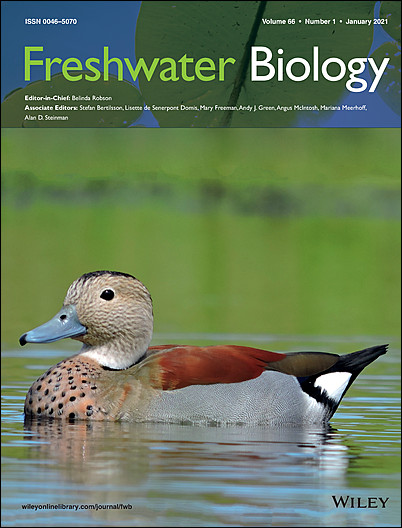Please find all scientific publications of IGB under > scientific publications
For more detailed information please refer to our > library catalogue
61 - 70 of 734 items
June 2025
Limnology and Oceanography. - 70(2025)8, 2053-2066
Daphnia-associated bacterial communities correlate with diet quantity, environmental conditions, and epidemic size across natural outbreaks
Amruta Rajarajan; Justyna Wolinska; Jean-Claude Walser; Nadine Tardent; Silvana Käser; Esther Keller; Piet Spaak
June 2025
Nature Communications. - 16(2025), Art. 5142
Experimental ecology and the balance between realism and feasibility in aquatic ecosystems
Matthew Sasaki; Jana Isanta-Navarro; Lynn Govaert

June 2025
Journal of Environmental Management. - 388(2025), Art. 126059
Tire wear particles in aquatic environments: From biota to ecosystem impacts
Wenjuan Song; Li Lin; Seungdae Oh; Hans-Peter Grossart; Yuyi Yang
May 2025
Scientific Reports. - 15(2025), Art. 19124
A glimpse into Oomycota diversity in freshwater lakes and adjacent forests using a metabarcoding approach
Hossein Masigol; Marcel Dominik Solbach; Mohammad Javad Pourmoghaddam; Reza Ahadi; Reza Mostowfizadeh-Ghalamfarsa; Seyedeh Roksana Taheri; Sven Patrik Tobias-Hünefeldt; Michael Bonkowski; Hans-Peter Grossart
May 2025
Water Research. - 284(2025), Art. 123887
Anthropogenic gene dissemination in Tibetan Plateau rivers: sewage-driven spread, environmental selection, and microeukaryotic inter-trophic driving factors
Bob Adyari; Xin Liao; Xiuhang Yan; Yuxin Qiu; Hans-Peter Grossart; Laiyi Li; Tao Yu; Guannan Mao; Keshao Liu; Jiangqian Su; Yongqin Liu; Anyi Hu
May 2025
Freshwater Biology. - 70(2025)6, Art. e70038
Synergistic Oxidative Stress of Co-Occurring Cyanobacterial Bloom and Invasive Fish on an Endangered Macrophyte
Minmin Niu; Keira Harshaw; Zhihao Ju; Wenyu Long; Xiaolan Chen; Xiuli Hou; Hugh J. MacIsaac; Sabine Hilt; Xuexiu Chang
May 2025
Ecology letters. - 28(2025)6, Art. e70120
Eltonian Niche Modelling: Applying Joint Hierarchical Niche Models to Ecological Networks
D. Matthias Dehling; Hao Ran Lai; Daniel B. Stouffer

May 2025
Journal of Ecology. - 18(2025)3, Art. rtaf035
Abiotic and biotic factors shape the invasion success of the alien plant species Senecio inaequidens (Asteraceae) in northern Italy
Lara A Quaglini; Florencia A Yannelli; Federica Fasano; Chiara Montagnani; Sarah Caronni; Sandra Citterio; Rodolfo Gentili

May 2025
Nature Ecology & Evolution. - 9(2025), 1021–1030
Using species ranges and macroeconomic data to fill the gap in costs of biological invasions
Ismael Soto; Pierre Courtois; Arman Pili; Enrico Tordoni; Eléna Manfrini; Elena Angulo; Céline Bellard; Elizabeta Briski; Miloš Buřič; Ross N. Cuthbert; Antonín Kouba; Melina Kourantidou; Rafael L. Macêdo; Boris Leroy; Phillip J. Haubrock; Franck Courchamp; Brian Leung
May 2025
Freshwater Biology. - 70(2025)5, Art. e70051
Facilitation of Lake Eutrophication by Altered Feedback Loops Between Submerged Macrophyte Vegetation and Phosphorus Retention
Sabine Hilt; Klaus van de Weyer; Sebastian Meis; Jens Päzolt; Mark O. Gessner; Thomas Gonsiorczyk; Marta Maria Alirangues-Nuñez; Michael Hupfer







